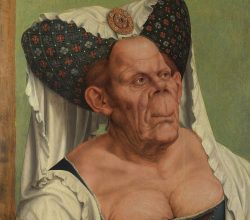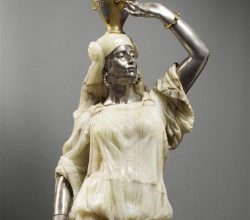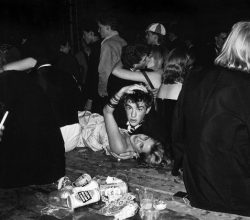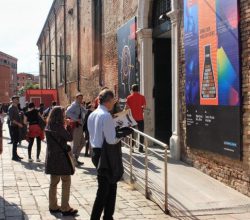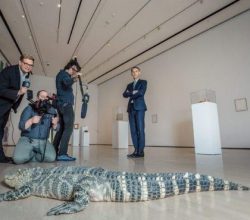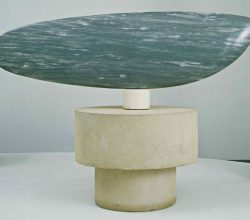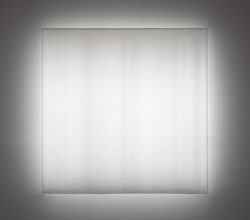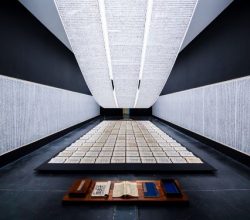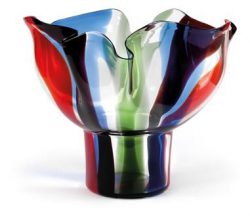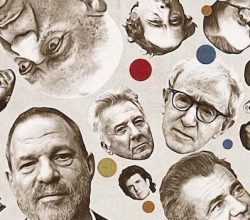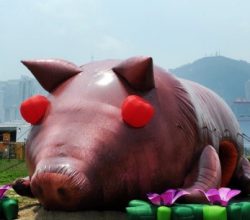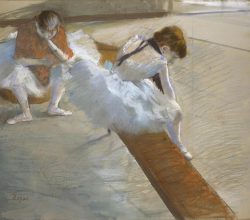
At the MFA, pastel treasures make a rare appearance
Cate McQuaid | Boston Globe | 2nd August 2018
Pastels are a humble art material, frequently used for a preparatory sketch but rarely the star of an exhibition. Their appeal rests on an ability to capture the spontaneity of a moment quickly. Once created the works are fragile as the chalky pigment is not fixed by resin or varnish. Even worse, they are light sensitive – available for showing in low light for just a few months every decade.

